What’s a Wat? – Temples and Bophut Beach, Koh Samui

After some yoga in Koh Phangan (no full moon parties, fortunately or unfortunately) and a few days taking advantage of Anneke’s hospitality, it was time to keep moving on and head back to Koh Samui, my first stop in Thailand. This time I stayed on the opposite side of the island from where I’d previously been for Vikasa yoga, booking a small hostel in the Fisherman’s Village of Bophut Beach.
- Welcome to Fisherman’s Village!
- It’s official: I <3 Thailand!
- Bophut beach puppy nap
- Shark for dinner!
- The stretch of Bophut Beach
- Sidestreets by night
- Nutella crepe for dessert!
- Hanging monkeys for sale!
- They LOVE Angry Birds in Thailand – the merchandise is everywhere!
- Bouncy floating playground off the beach
- Crafts in the streets
- Bophut streets
- Fisherman’s Village
- Welcome to Yogarden!
- Yogarden meditation hut
- The outdoor studio
- I love the Chinese man in his tall socks!
- Serenity at Yogarden
- Elephants trekking from downstream
- Funky fruits in stalls along the road
- Guardian statue
- Reclining buddha
- Couldn’t resist these little turtle curios
- The view off the Rocks
- Tiny g&g diorama
- Shine at the Rocks
- Traditional junk offshore
- Guanyin statue
- Me in front, for scale
- Laughing Buddha
- Several shrines line the lake
- Detailed pictures of Buddha’s story
- “Monks only!”
 MP is for Mary-Patton
MP is for Mary-Patton
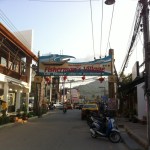



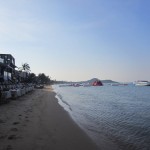
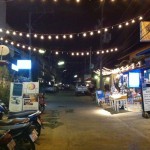

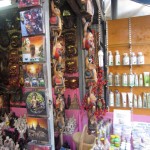

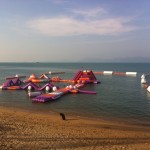
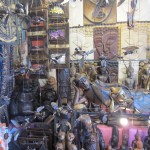

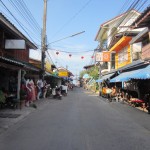


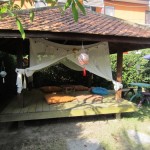
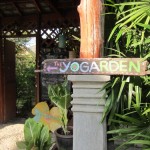
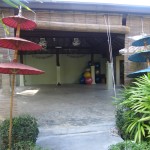

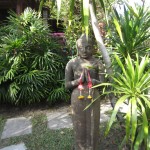
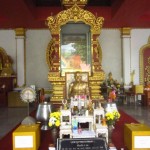
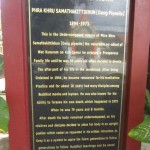
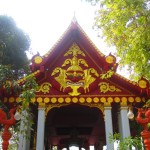
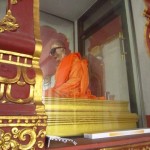
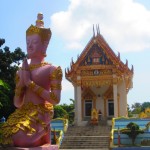
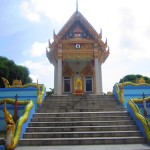
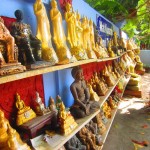

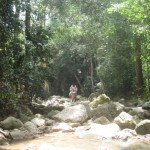
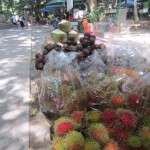
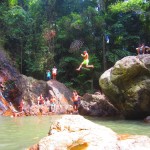


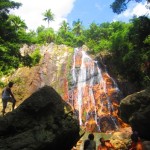
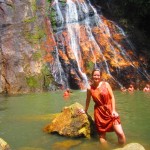


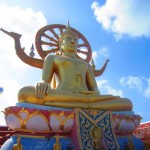
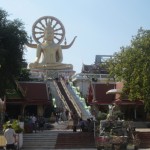
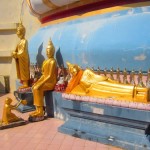


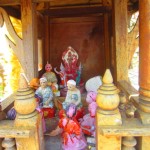

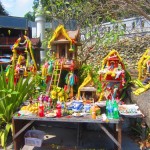
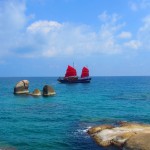

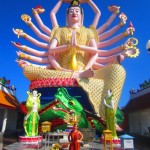
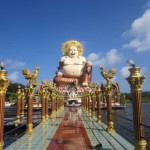
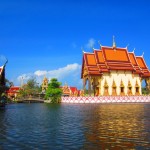
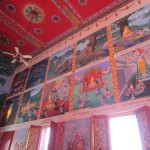
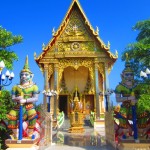


Pingback: Getting Stuck on the Train to Bangkok | MP is for Mary Patton